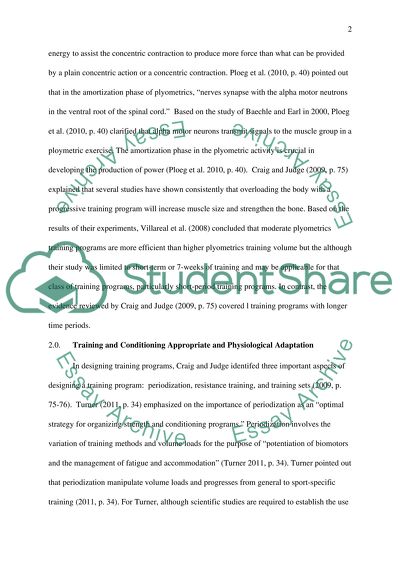Cite this document
(“Theory of Strength and Conditioning and Vertical Jump Essay”, n.d.)
Retrieved from https://studentshare.org/sports-and-recreation/1428663-theory-of-strength-and-conditioning-and-vertical-jump
Retrieved from https://studentshare.org/sports-and-recreation/1428663-theory-of-strength-and-conditioning-and-vertical-jump
(Theory of Strength and Conditioning and Vertical Jump Essay)
https://studentshare.org/sports-and-recreation/1428663-theory-of-strength-and-conditioning-and-vertical-jump.
https://studentshare.org/sports-and-recreation/1428663-theory-of-strength-and-conditioning-and-vertical-jump.
“Theory of Strength and Conditioning and Vertical Jump Essay”, n.d. https://studentshare.org/sports-and-recreation/1428663-theory-of-strength-and-conditioning-and-vertical-jump.


